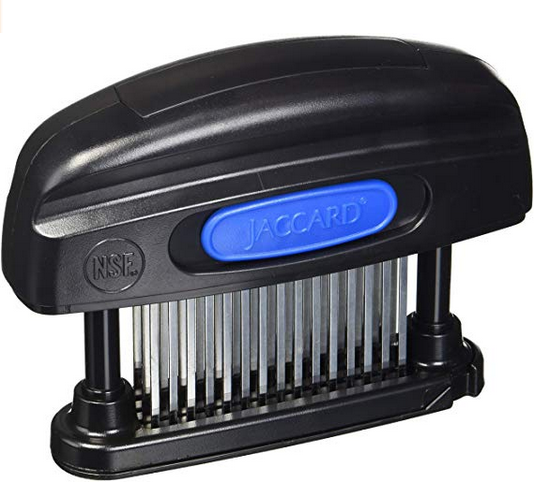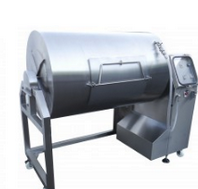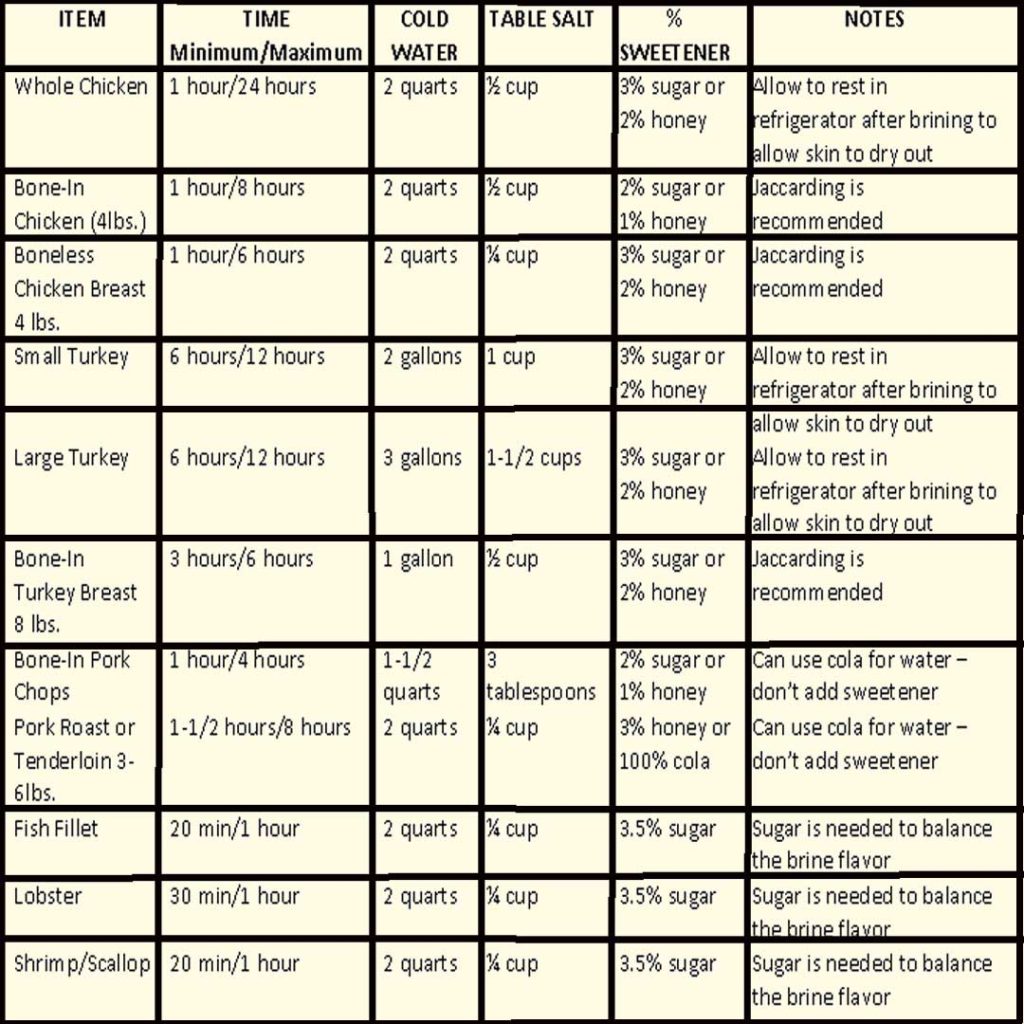 |
| Brining Science for the ultimate meat! |
BRINING SCIENCE -You’ve likely heard the term brining and might have a general understanding of what is involved when a brine solution is applied to meat, but have you ever understood the simplicity of how brining improves overall quality and flavor? For all you science geeks, yes we’ve covered the scientific principles here but please don’t lose sight that this process is relatively easy and the little time invested will certainly lead to favorable results for your taste buds!
Let’s equip you with the science behind brining and a guide on producing a successful brine solution for meats, poultry and fish.
Osmosis and Diffusion
Brine is a salt and water solution used to soak food in, usually meat proteins, to improve the overall quality by a change in the structure of the proteins in the muscle of the brined meat. There are three primary reasons to brine: texture, flavor, and moisture retention. To get these results, osmosis must take place.
Osmosis is the movement of a higher concentration of water to a lower concentration of water through a semi-permeable membrane. To create osmosis, you must start with a solution. The water being solvent (higher percentage of water) and the salt being the solute (lower percentage of salt to the water percentage).
With a balanced solution, brined proteins have an increased level of moisture when compared to non-brined proteins. Now, know up front, that you certainly could soak a protein in plain water and have it gain moisture but this process would be much slower than if you add salt to the water. Also, proteins don’t bind to water as effectively during the cooking process which is why salt is introduced when cooking.
Here’s the process of a brine: Salt is sodium chloride (NaCl) and when dissolved into water, it breaks into a positively charged sodium ion and negatively charged chloride ion. Both these ions will diffuse throughout food flowing from areas of higher concentration to areas of lower concentration. It takes 100-1,000 times longer for salt to diffuse into food than heat. The negatively charged ions repel one another creating gaps in the muscle fiber for water to enter the food product. The food protein will then bind water more tightly which prevents the muscle fibers from shrinking and squeezing water out during the cooking process.
Three Types of Brining Strategies
There are three recognized methods of brining: Dry Rub Brining, Gradient Brining, and Equilibrium Brining.
Dry Rub Brining:
This is likely the most widely used form of brining as it is fast and easy. Salt and other dry ingredients like herbs and spices rubbed onto the surface of the meat. How do you know the percentage of salt? Start by calculating 1% of the proteins weight. For example, if you are doing a rack of pork ribs that weigh 3 pounds, the amount of salt used in the dry rub would be 1% of that weight minus the bone weight, which is generally calculated as 40% of the gross weight. Thus, that 3 pound rack of ribs would be reduced to 1.8 pounds for the calculation of salt at 1%.
Gradient Brining:
This is referred to as a traditional brining method as is includes a 5-10% salt content which after the food is soaked in the brine solution, the surface of brined foods is rinsed under cold water to remove excess sodium from the surface. Salt is dissolved into water with the amount of salt used determined by the desired brine salinity, again, usually between 5-10% of the weight of the water (desired brine salinity X water weight = salt weight). As an example, it takes 1,000 grams of water to cover chicken. If we want 5% salinity, then we would require 50 grams of salt in our brine solution (1,000g X .05 (5%) = 50g salt).
Equilibrium Brining:
This method of bring requires a salt or salinity meter to read the salt content in the brine solution during the brining process. The goal is to have the parts per million (PPM) on the meter drop to half of its initial reading. This is the state of equilibrium and brining is complete. This method requires you to calculate the PPM – 1 parts per million equals 1mg/1,000g. 1g = 1,000mg. If you desire a 1% salt water solution, dissolve 10g or 10,000mg of salt into 1,000g or 1,000,000mg of water producing a salt content of 10,000PPM.
A Bit of Sweet
Although we refer to a brine as a salt and water solution, there is a third component to consider for use. Sweetener usually in the form of sugar but can be honey, or even a sugar-based soda. Although sugar does nothing for the texture of the brined meat, it does add flavor and promotes better browning of the skin.
Once you have your brine solution, there are a few methods to speed up the brining process.
 |
| Jaccard |
The first method is a Jaccard, a mechanical meat tenderizer. A Jaccard tenderizer utilizes several rows of thin, penetrating blades, honed to a razor sharp edge on two sides that cooks can press into the meat’s surface, to create a series of small channels that break up the tough tissue and create a more tender texture.
 |
| Injection |
The second, is injection. A special marinade/brine injector dispenses the brine to the interior of the meat, thus, speeding up the process of diffusion.
 |
| Vacuum brining |
The last method is vacuum tumbling. This process “tumbles” proteins and brines/marinades together under vacuum. The combination of low atmospheric pressure and the tumbling process can reduce the time needed for brining to mere minutes.
Brining Guide
The goal of a brine is to produce juicy, tender and seasoned items. Overall, brining foods adds less than 1/8 teaspoon of salt equivalent to your overall daily sodium consumption so you can brine without worry about exceeding the recommended sodium allowances.
 |
| Smokinlicious Brine guide |




